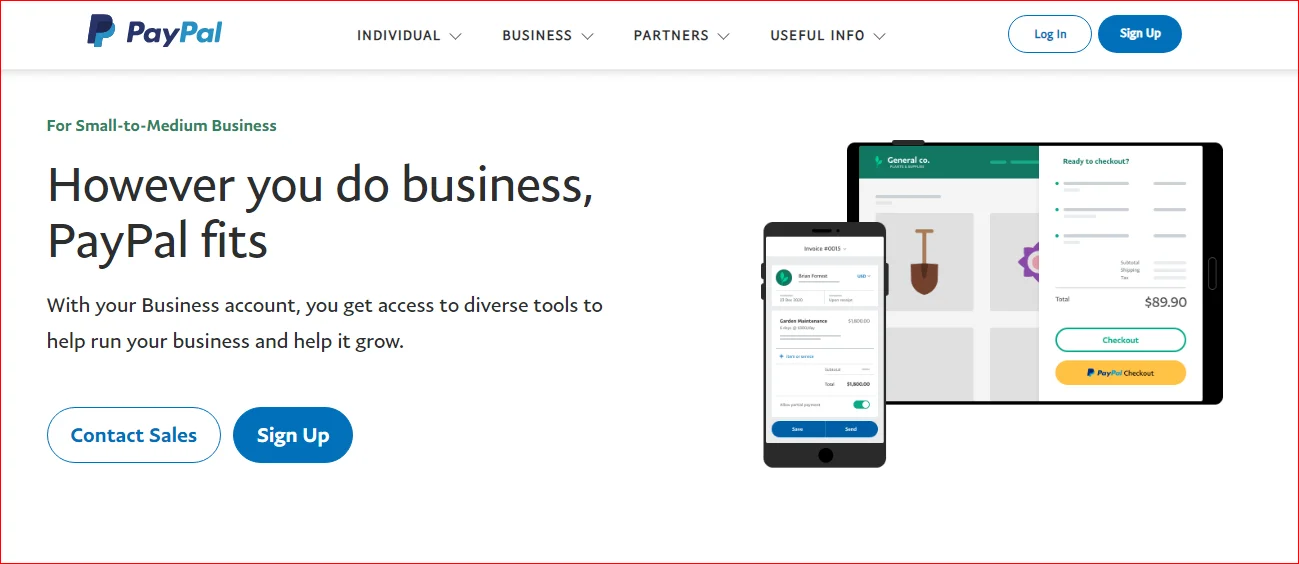In the late 1990s, the internet was still in its early stages, and e-commerce was just beginning to take off. However, one of the biggest challenges facing online businesses is how to accept payments securely and efficiently.
This is where PayPal came in. Founded in 1998, PayPal revolutionized the online payment landscape by providing a fast, easy, and secure way for people to send and receive money online.
Early Days: From Confinity to PayPal
PayPal’s story began with two separate companies: Confinity and X.com. Confinity, the original PayPal founders – Max Levchin, Peter Thiel, and Luke Nosek, developed security software for handheld devices. X.com founded by Elon Musk, was an online financial services company. In 2000, the two companies merged to form X.com, with PayPal being one of its core products.

PayPal’s initial focus was on facilitating peer-to-peer payments between users. However, it quickly became clear that the real potential lay in online payments. PayPal partnered with eBay, which was then the world’s largest online auction platform.
This partnership was a major turning point for PayPal, as it gave it access to a massive pool of potential users.
Rapid Growth and Impact
With its user-friendly interface and strong security features, That quickly became the preferred payment method for eBay buyers and sellers. The company soon expanded its services to include online payments for other businesses and individuals.
PayPal’s impact on the world has been profound. It has made it easier and safer for people to shop online, send money to friends and family, and start their businesses.
It has also helped to level the playing field for small businesses by giving them access to a global customer base.
Here are some of the key ways that PayPal has impacted the world:
| Boosted e-commerce | PayPal made it easier and safer for people to shop online, which helped to fuel the growth of e-commerce. |
| Empowered small businesses | PayPal gave small businesses a way to accept payments from customers around the world, which helped them to grow and compete with larger businesses. |
| Increased financial inclusion | PayPal made it possible for people without access to traditional banking services to send and receive money online, which helped to increase financial inclusion. |
| Driven innovation | PayPal’s success has inspired other companies to develop new and innovative payment methods, which has benefited consumers and businesses alike. |
PayPal Challenges and the Future
Despite its success, PayPal faces several challenges. The company is facing increasing competition from other payment providers, such as Apple Pay and Google Pay. It is also facing regulatory challenges, as governments around the world are trying to find ways to regulate the digital payments industry.
However, PayPal is a well-established company with a strong track record of innovation. The company is investing heavily in new technologies, such as mobile payments and artificial intelligence, and it is confident that it can continue to be a leader in the digital payments industry.
Looking Ahead
As the world continues to move online, the need for secure and efficient digital payments will only grow. That is well-positioned to take advantage of this trend and continue to be a major player in the global economy.
Frequently Asked Questions (FAQs)
PayPal was co-founded in 1998 by Max Levchin, Peter Thiel, and Luke Nosek. Initially named Confinity, it focused on secure money transfers for online users.
The founders envisioned a secure and convenient way to send and receive money online, bypassing the limitations of traditional methods like checks and money orders. The rise of online like eBay further fueled the need for a faster and more secure payment solution.
In 2000, Confinity has merged with X.com as a financial services company. The combined entity adopted the more recognizable name “PayPal” in 2001, reflecting its focus on online payments.
Securing a partnership with eBay in 2002 was a major turning point. That became the primary payment method for eBay transactions, significantly boosting its user base and adoption. Additionally, PayPal’s early focus on anti-fraud measures and buyer/seller protection helped build trust with online shoppers.
By offering a user-friendly interface, fast transactions, and robust security features, PayPal carved out a niche in the growing e-commerce market. Its expansion beyond eBay into other online stores and personal payments further solidified its position.
No. In 2002, eBay acquired PayPal. However, in 2015, PayPal spun off as a separate publicly traded company. Today, it continues to be a leader in online payments, offering a wide range of services beyond its core functionality.
Conclusion
PayPal has come a long way since its humble beginnings as a peer-to-peer payment platform. Today, it is a global giant that has transformed the way we shop, send money, and do business online.
PayPal’s impact on the world has been profound, and it is likely to continue to be a major force in the digital payments industry for many years to come.

